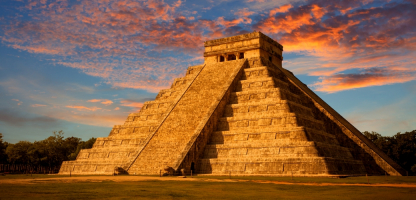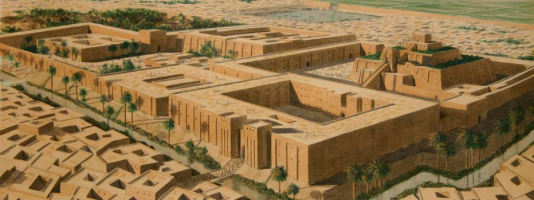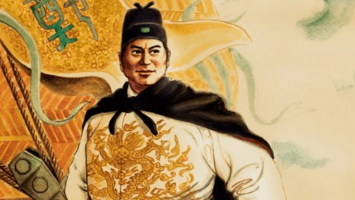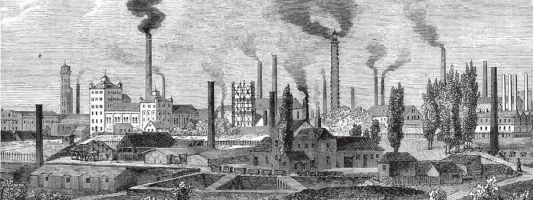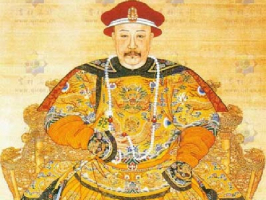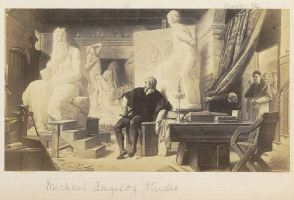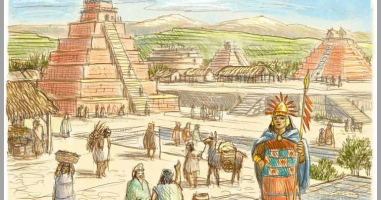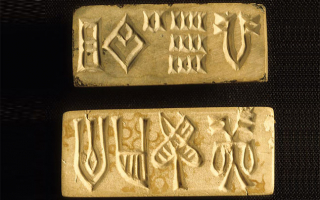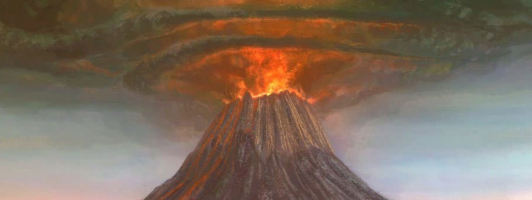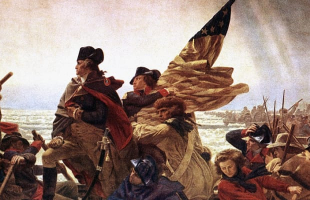Top 10 Interesting Facts About The Indus Valley Civilization
The largest of the four great ancient civilizations was the Indus Valley Civilization, also known as Harappan Civilization. It encompassed the majority of ... read more...modern-day Pakistan, a substantial portion of India, and parts of Afghanistan. It was at least 1600 years long. Its exact start date is unknown, however it did collapse about the 16th century BC for unexplained reasons. Here are ten interesting facts about the Indus Valley Civilization, including its well-known structures, artifacts, civilization, and modern-day discovery.
-
Harappa's population had trade links with other civilizations, a complex infrastructure with well-developed sewage systems, and their own writing system, indicating that the Indus Valley civilization was extremely advanced. However, the population began to dwindle from 2500 BC when people began to relocate to the eastern side of the Himalayan foothills. By 1800 BC, many people had abandoned cities, leaving them deserted, and the population of villages had also decreased.
Dams, wells, sewers, and waterways were all well-built in this land. However, the summer heat got the best of them in 2500 BC, and drought became an issue. Because agriculture relied on floods for irrigation, the lack of water caused people to flee the cities and relocate to other locations. For the winter monsoons, people flocked to the Himalayan foothills, but they quickly dispersed. The shortage of water was a major cause in the Indus Valley civilization's demise.
Also, the Indo-Aryan culture also may have been a factor in the Indus Valley civilization's declination, as they moved into the region and drove out the Indus Valley civilization's population.Numerous ruins were unearthed during the excavation of the site after civilization collapsed. Many ruins were constructed as a result of this, and they contributed to the creation of history and a memoir about the existence of the oldest civilization.
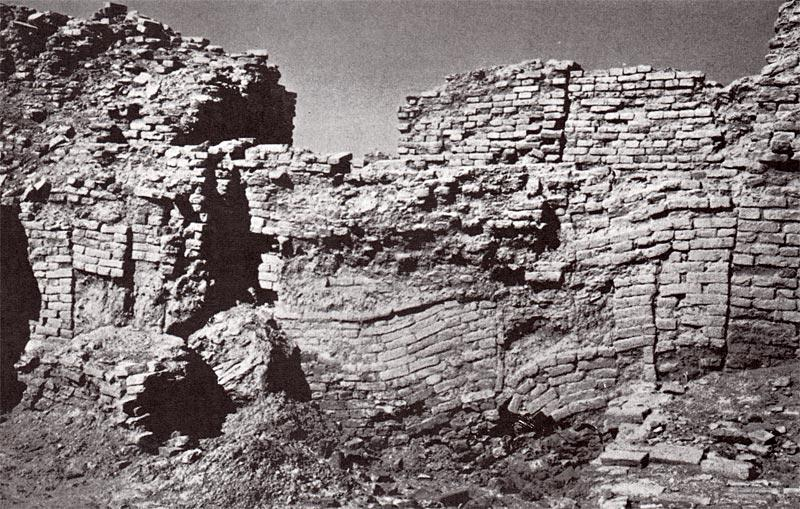
Photo: iascurrent Source: Life when the answer is no youtube channel -
Indus Valley Civilization inventions and discoveries include the step well, button, measuring weights, and rulers.
The Indus Valley Civilization established the oldest and most exact ancient ruler. It was composed of a copper-alloy bar and was originally known as the measuring rod. The ruler was first measured in a perfectly divisible format, with the entire ruler divided into uniform units equating to 3.55mm and labelled in an exact decimal subdivision within 0.005 inches. Aside from the uniform measurement, the fact that the smallest division on a scale (1.704mm) was calibrated during the Bronze Age makes it one of the most precise rulers in history.
Aside from that, the ruler used a binary decimal system that went from 1,2,4,8,16,32 to 12,800 units. Every bunch weighed in at roughly 0.85 grams.
Photo: ideopedia 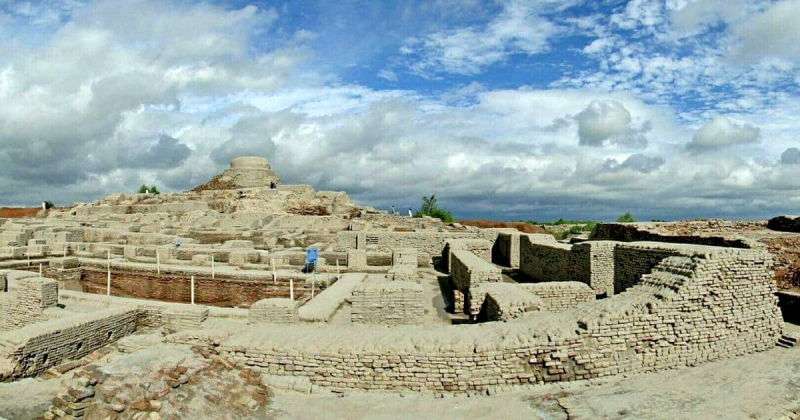
Photo: monomousumi -
There were approximately 1056 cities discovered in the Indus Valley Civilization, with 96 of them being excavated. And one of the interesting facts about the Indus Valley Civilization is this is one of the largest civilizations on account of the population.
Agriculture first appeared in Balochistan, on the outskirts of the Indus alluvium, around 6500 BCE. Settled life made inroads into the Indus plains throughout the next millennia, paving the way for the emergence of rural and urban human settlements. As a result of the more organized sedentary lifestyle, the birth rate increased. The population of the subcontinent expanded to between 4–6 million people during the civilization's heyday, with the main urban sites of Mohenjo-daro and Harappa containing between 30,000 and 60,000 people. The fatality rate rose during this time as contagious diseases spread due to the close living conditions of people and domesticated animals. According to one estimate, the Indus Civilization's peak population was between one and five million people.
Despite the large population, this civilization's streets and markets were unafraid of turmoil. It is because of the meticulous layout of the city. Agriculture, commerce, and craft work were the people's principal occupations.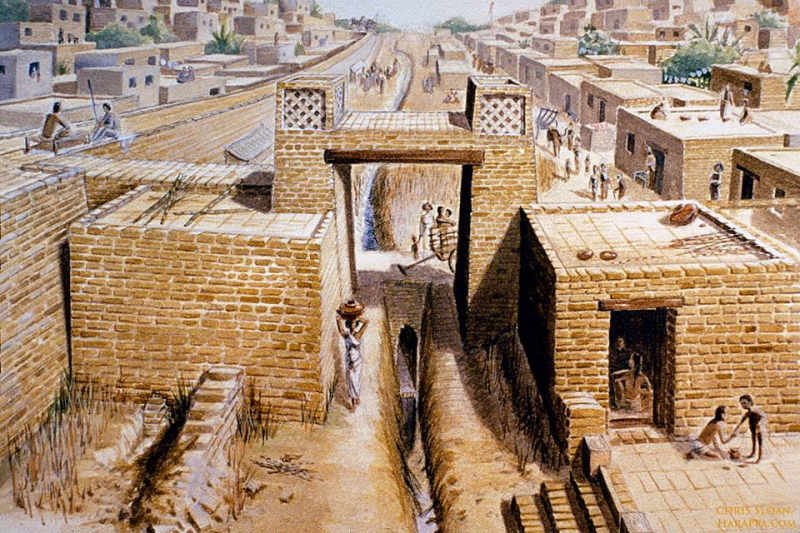
Photo: cisindus 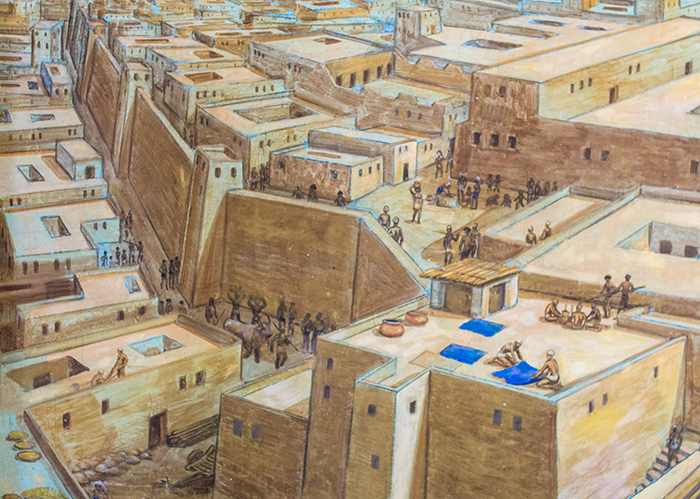
Photo: khanacademy -
The earliest script in history was unearthed by the Indus Valley Civilization. It belongs to the Munda family and is known as the Indus Script or Harappan Script. The writing, which was discovered between 3500 and 1900 BCE and had roughly 400 signs, was initially discovered between 3500 and 1900 BCE (31 used regularly). Rather than being written on paper, the signs and symbols were usually found written on seals, earthenware, and stamps. As of 1977, around 90% of the Indus script seals and inscribed artifacts identified had been discovered along the Indus River in Pakistan, with the other 10% found elsewhere.
Despite being the oldest script uncovered, the writing is said to represent a cryptic language that remains not deciphered till date. The lack of underlying text and multilingual inscriptions is the fundamental cause for the decoding. Asko Parpola has been studying the script at the University of Helsinki in Finland for almost 40 years. He is regarded as one of the world's foremost decoding experts. There have been several attempts to link the Indus script to other Indian scripts, but nothing has been proven conclusively. According to some experts, the Indus script is not related to any other script.
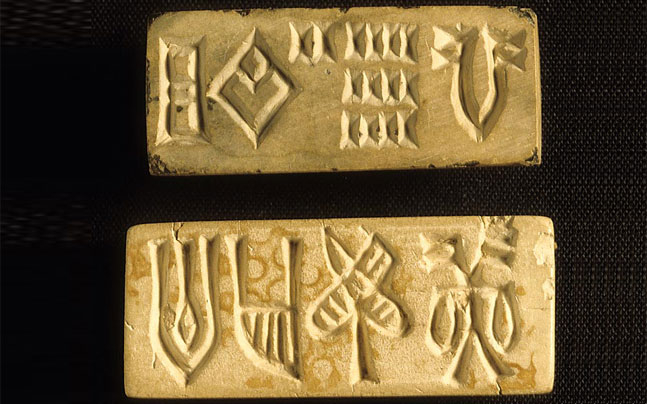
Photo: indiatoday 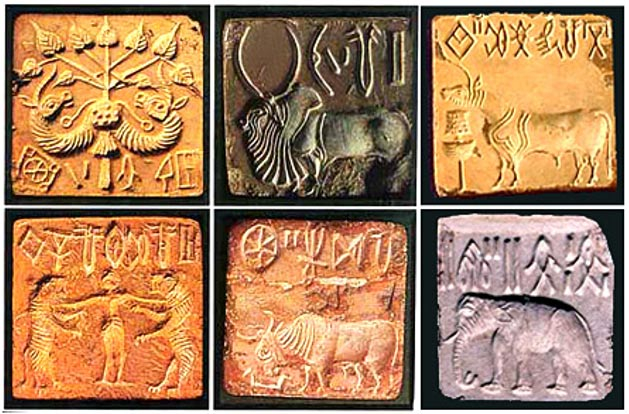
Photo: ancient-origins.net -
The first known urban sanitation systems were found in the towns of the Indus Valley Civilization. All the houses had latrines, bathing facilities, and sewage drains that drained into larger public sewers and eventually deposited the fertile sludge on nearby agricultural fields. Some homes even had the world's earliest known flush toilets. The majority of homes had private wells, and a complex water management system with multiple reservoirs was in place. All of these factors speak to the importance of hygiene in the Indus Valley Civilization, as well as their incredible hydraulic engineering abilities.
The Harappan civilization's sewerage and drainage system was far more advanced than those of most Western towns until the twentieth century, and even many modern major centers in the developing world. All the outflow pipes had a terracotta lid to cover them, with chambers attached to make it easy to open the lid. The drainage system and chamber engineering concept was a key invention in ancient times. Apart from sanitization technologies, the valley produced a slew of other innovations, including uniform weights, rulers, buttons, medals, ceramics, seals, and the Indus Script. Too long a time compared to now, but they had an advanced sanitation system, so this is one of the interesting facts about the Indus Valley civilization.
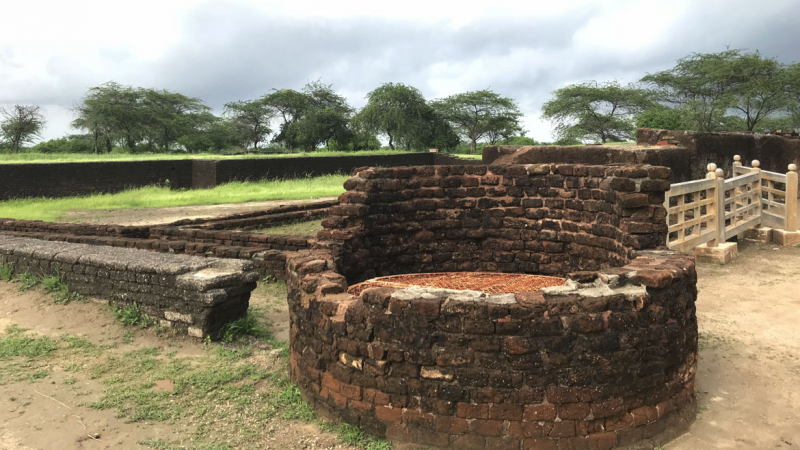
Photo: tourmyindia Source: Carl Schnell youtube channel -
Lothal was the Indus Valley Civilization's most famous southernmost city, serving as a commercial and communication port. It was located in Gujarat's Bhal area and connected to several Indian towns via all-weather highways. It was a wonderful platform for eastern bricks, as well as being an ideal site for transportation.
Along with brick trading, the Lothal city is also thought to be an ideal location for a dock. Lothal possessed the world's oldest known port, which linked the city to an ancient trading route along the Sabarmati river. This trading route ran between Sindh's Harappan settlements and Saurashtra's peninsula, where the modern-day Kutch desert was part of the Arabian Sea. For seagoing ships, it was the best tidal dock. In addition, the city served as a commercial intermediary for a number of ancient civilizations.
In ancient times, Lothal was a prosperous commercial town, with its commerce of beads, diamonds, and expensive decorations stretching far into West Asia and Africa. For over 4000 years, the techniques and tools they developed for bead-making and metallurgy have endured the test of time.The Lothal site was proposed as a UNESCO World Heritage Site in April 2014, and the proposal is still pending on UNESCO's tentative list.
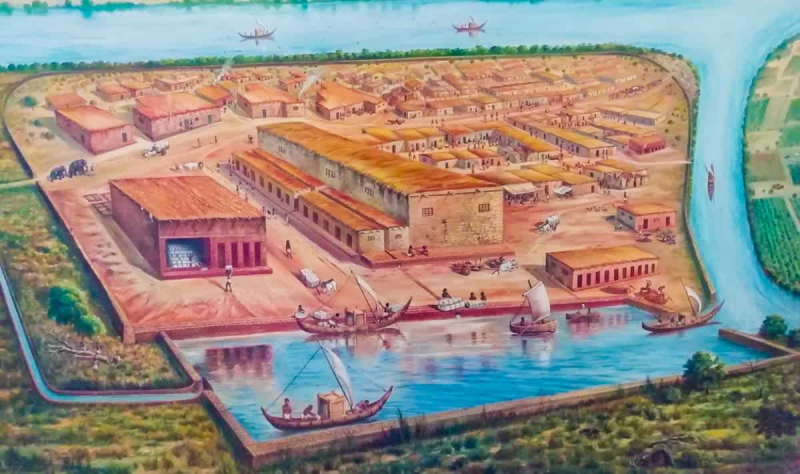
Photo: earthismysterious 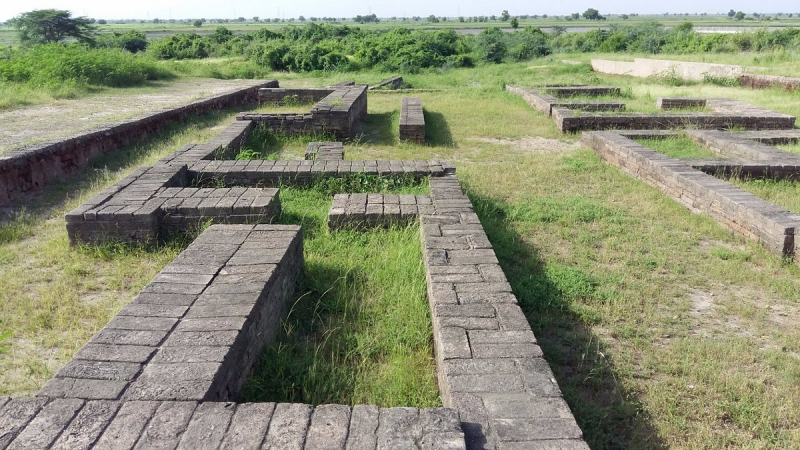
Photo: tripadvisor -
The most important techniques acquired by the Indus Valley Civilization are metallurgy and handicrafts. Metals such as gold, silver, and copper were employed by the designers to create metal jewelry. Tin, lead, antimony, and arsenic were also minor metals employed in the alloying process.
The bronze figurine of a female is arguably the most well-known creation of this culture. The statue is known as the Dancing Girl of Mohenjo-daro, and it is in a standing stance with her left arm hidden by bangles. The sculpture is covered with various decorations and her left arm is nearly totally concealed by bangles, making it "the most appealing piece of art from an Indus site." In many parts of India, the habit of wearing numerous bangles on one's arm is still practiced.
Aside from that, the valley is known for a variety of handicrafts such as seal carving, ceramics, and stamp production. The Pashupati seal, which depicts a sitting man surrounded by animals, is the most famous of the country's seals. Some academics believe it is a representation of the Hindu god Shiva in his incarnation as Pashupati, or "Lord of the Animals," but this is still up for debate.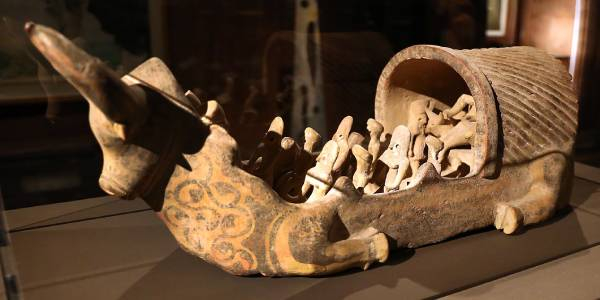
Photo: unrevealedfiles 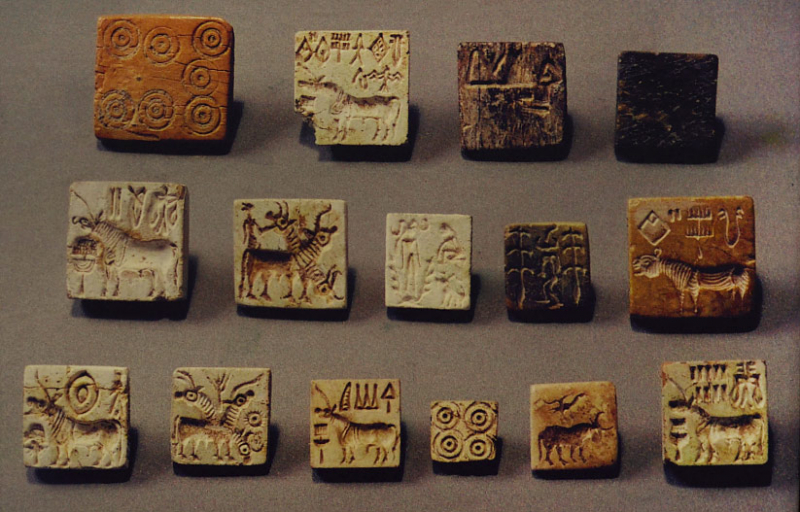
Photo: gaatha -
Dockyards, granaries, warehouses, brick platforms, and gigantic protective walls demonstrate the Indus Valley people's superior architecture. One of the most famous constructions of the Harappan Civilization is the Great Bath at Mohenjo-Daro in Sindh, Pakistan. It is thought to be the world's first public water tank. Archaeological evidence suggests that the Great Bath was constructed in the third millennium BCE, shortly after the "citadel" mound on which it stands was raised.
The Great Bath is by far the most proficient worker, occasionally upholding lofty religious and social standards. It is designed in the shape of a step well, with stairs leading down to the well. It is 11.88 meters long and 7.01 meters wide, with a maximum depth of 2.43 meters. The structure is entered through two large staircases. With beautifully matched bricks on the edge, gypsum plaster, and a thick layer of bitumen, the Great Bath is watertight (waterproof tar). The majority of experts agree that this tank was used for specific religious functions, in which water was used to purify and renew the bathers' well-being. This demonstrates the historical significance of ceremonial bathing in sacred tanks, pools, and rivers.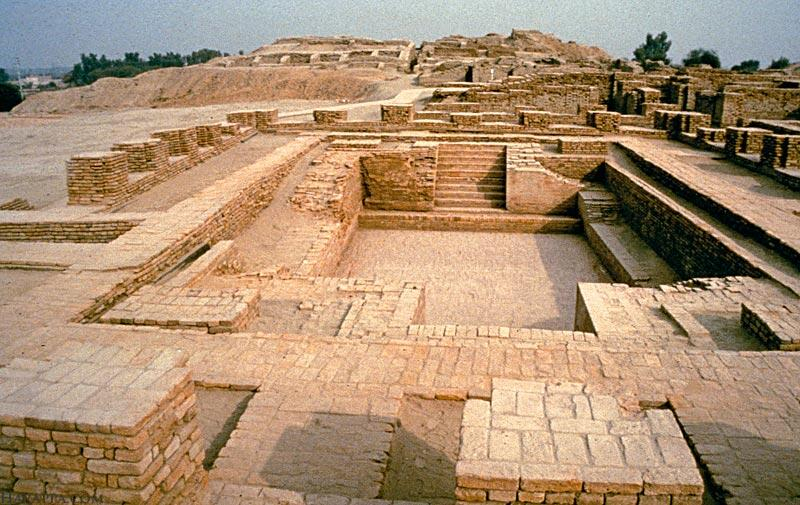
Photo: harappa 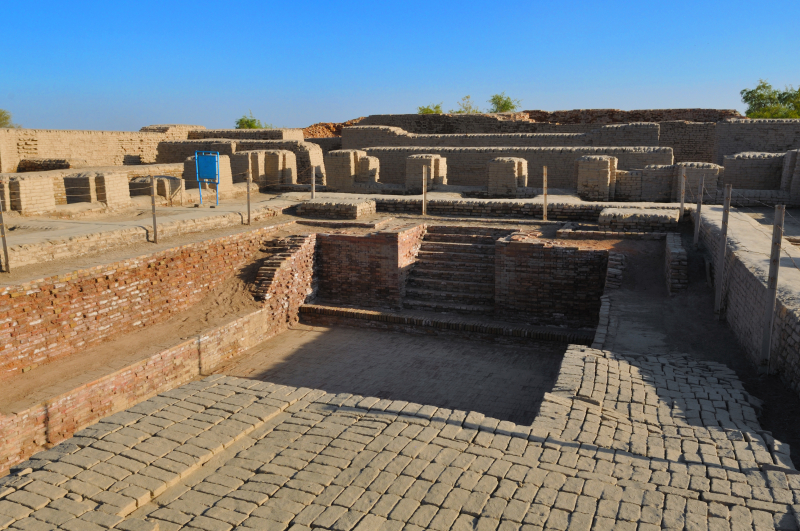
Photo: detechter -
The Indus Valley Civilization's town layout was complex, with a flourishing urban architecture. Many cities, including Harappa and Mohenjo-Daro, had well-planned architectural layouts.
The villages were erected on huge platforms and high terrain to protect them from seasonal floods and polluting streams. In the cities, the network of streets formed an organized grid, with straight lines cutting each other at right angles.
The houses were created in a way that was unheard of in the ancient world. The design went to the next level in terms of comfort with the steps leading to a flat roof where people could work and relax. The buildings along the roadways were all made of the same type of brick. The dwellings featured connected outside walls that served as a sound and dust barrier from the street. Narrow corridors led to a communal courtyard for multiple dwellings, which could be considered a neighborhood compound.
Aside from the architectural marvels, the sanitation system was equally impressive. Hydraulic engineering was used in the private wells and sanitation system. In addition, the highways and streets were constructed in an organized manner with size homogeneity.
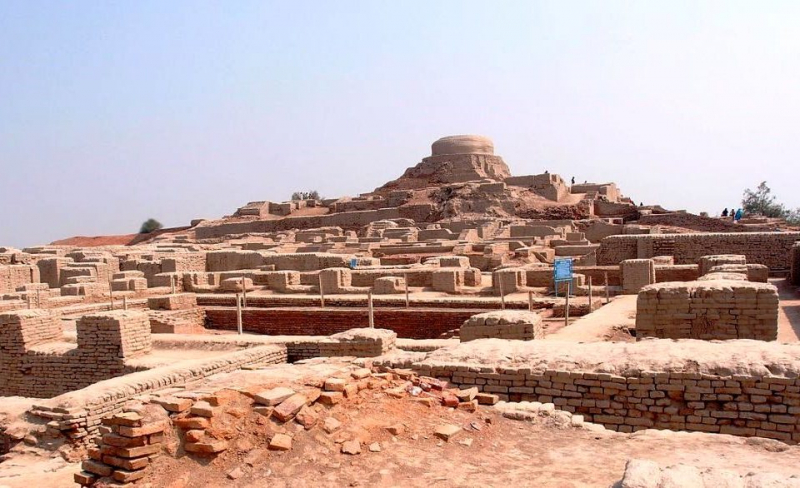
Photo: pakistanhc 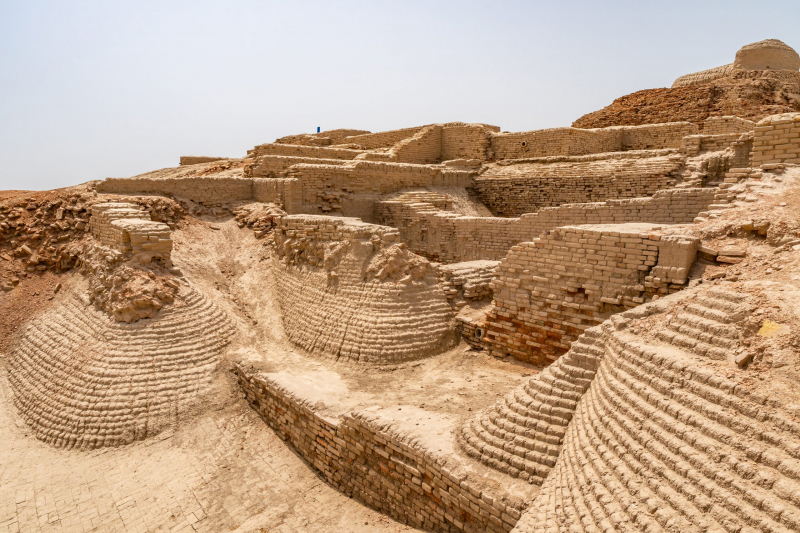
Photo: curiosmos -
The finding of the Indus Valley Civilization (IVC) was initially documented in an 1842 book by James Lewis. Lewis was a British East India Company soldier who left the army and observed the ruins of an ancient civilization at a little hamlet called Harappa while wandering through the Punjab area of British India. The upper layer of the site had been damaged by brick looting by 1872. These firm, well-burned bricks were principally utilized by the British to construct a railway bed.
Though findings at Harappa were reported, actual excavations at Harappa did not begin until 1920, under the direction of John Marshall, the then-director of the Archaeological Survey of India (ASI). The Indus Valley Civilization was discovered as a result of these excavations. The Indus Valley Civilization is also known as the Harappan Civilization, according to the customary archaeological habit of calling a civilization after its first find-spot.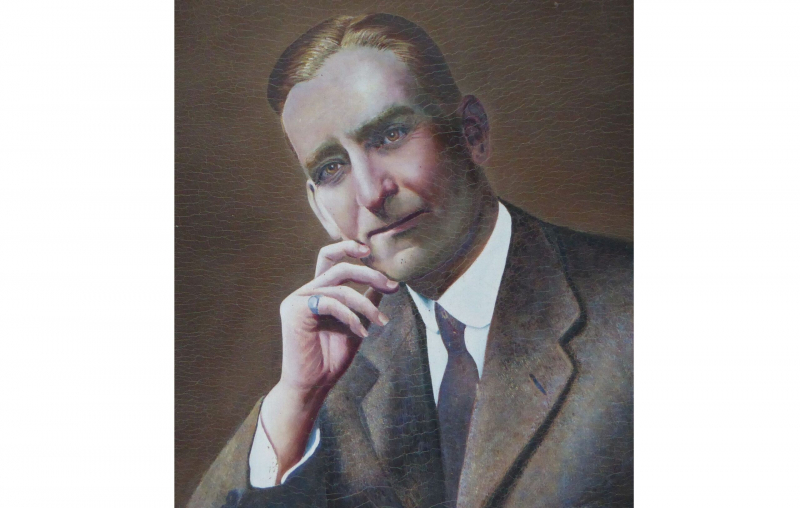
Photo: livehistoryindia 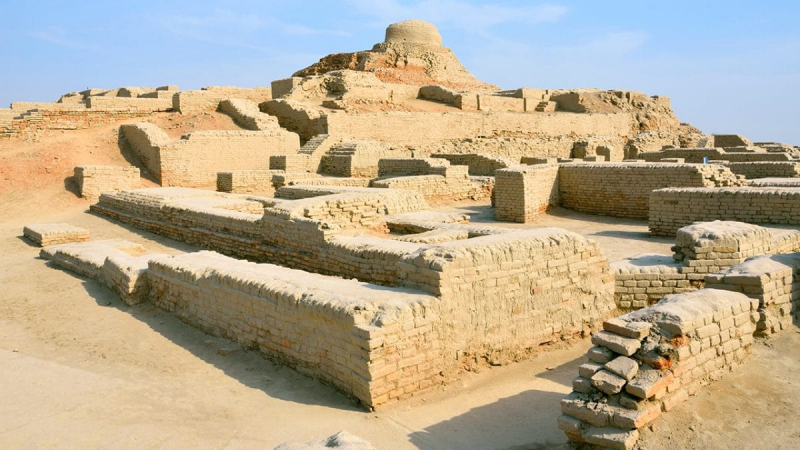
Photo: whoi.edu












